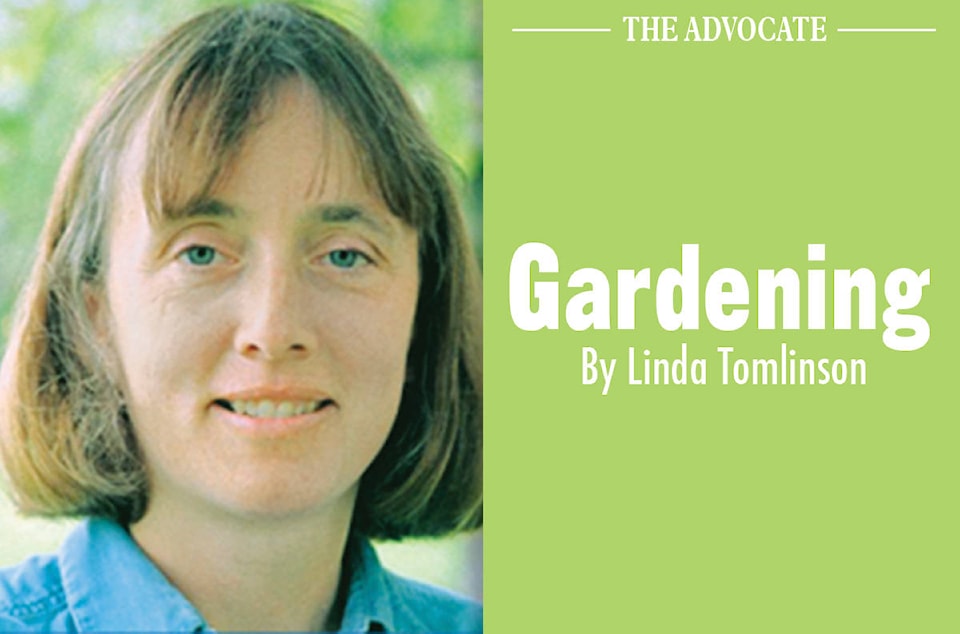Soil is the most important component in any garden as it contains the nutrients that control the plant growth. Plants will continue to grow without adequate soil but they will only thrive if given extra care.
The ideal soil contains 45 per cent mineral soil, five per cent organic matter, 25 per cent moisture and the last 25 per cent is air. Mineral soil works with the organic matter to provide nutrients while the air and water are needed for the roots to absorb the nutrients. Good soil is soft and pliable providing little resistance to root growth. The larger the root mass the easier it is for the plant to gather more nutrients which in turn fuel top growth.
Mineral soil falls into three different classifications, sand, silt or clay. Sand is a coarse soil that will feel rough when rubbed. It is a loose soil that contains large air pockets and warms quickly. Water drains quickly through the pores and the soil contains few nutrients. Adding organic matter yearly to sandy soil will increase the soils water holding capacity and nutrient level
Clay is the opposite, the particles are small and close together with smaller pores which drain slowly as a result it retains too much moisture. While clay soil is full of nutrients it is hard for the plants to absorb them due to too much moisture and lack of air. Clay needs the addition of larger particles which will allow the water to drain and air to collect. Organic matter will help loosen the soil which creates better drainage and more air within the soil. Sharp sand, also creates larger pores creating better drainage as the sharp corners create larger air and water pockets. One must be very careful when adding sand to the soil as smooth sand, with rounded edges tends to cling to the clay filling the existing pores making cement.
Silt is the ideal soil. It is soft pliable and holds the correct amount of water and air to enable plants to thrive.
Soil can have too much organic matter but this usually only happens in instances where the material is still breaking down into soil. Make sure the composting process is complete before adding organic matter to any garden. Do not plant a garden in straight organic matter as all the nitrogen will be used for breaking down the soil as opposed to being available to plants.
When neighbourhoods are built the top soil is removed and placed in a pile. The amount that is returned to the lot depends on what is specified in the contract. Usually it is between four and six inches (10-15 cm) which is the minimal amount that will grow a lawn or grow annuals. Add another foot (30 cm) of top soil and the results will be a more sustainable lawn that relies less on extra water and fertilizer.
Perennials and shrubs do best in top soil that is up to 18 inches (45 cm) in depth. Plant roots grow into soil with the least resistance. They will continue downwards and outwards until they hit a harder soil. The wider and deeper the spread of roots, the more nutrients they will collect.
A common mistake is to dump top soil on top of the existing subsoil without mixing them together creating the layer effect. The denser layer of soil often becomes a barrier to plants roots, worms, insects and water. They will move through the top layer, hit the next layer and then move sideways and the subsoil acts like the bottom of a pot. Expect water to hit the clay layer and pool in low areas. When the two layers of soil are combined through cultivation or digging organisms pass through both layers.
Soil can be amended by top dressing, adding up to three quarters of an inch (one cm) of organic matter over the top of existing soil. It can be left in place or worked in. When it is left in place, the nutrients from the organic matter will leach down into the existing soil. Movement of worms and large beetles will help mix the soils together.
Working the soil together increases the speed in which the soils are combined improving the soil texture and getting the nutrients to the root zone.
Linda Tomlinson is a horticulturalist that lives near Rocky Mountain House. She can be reached at your_garden@hotmail.com.
